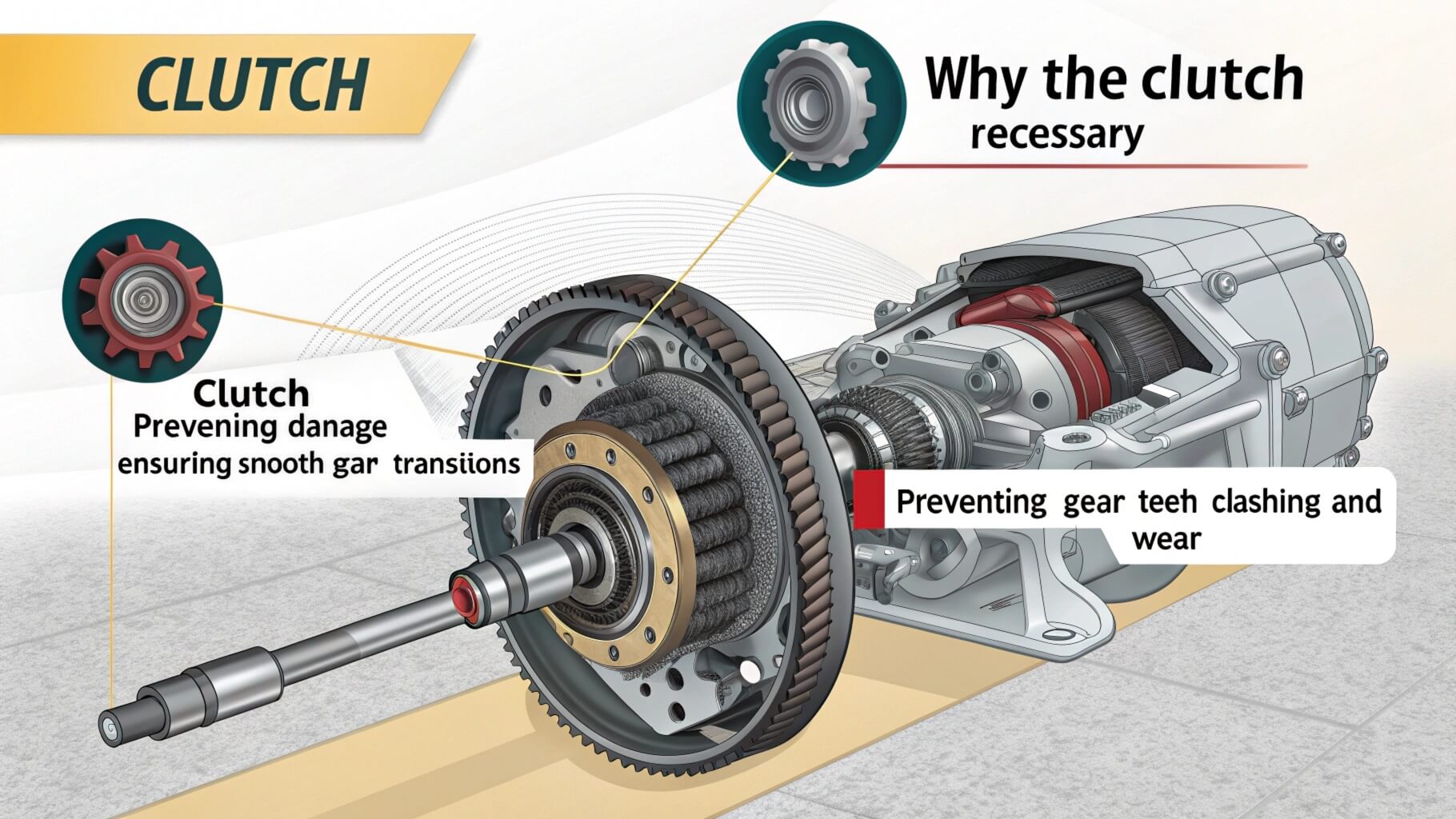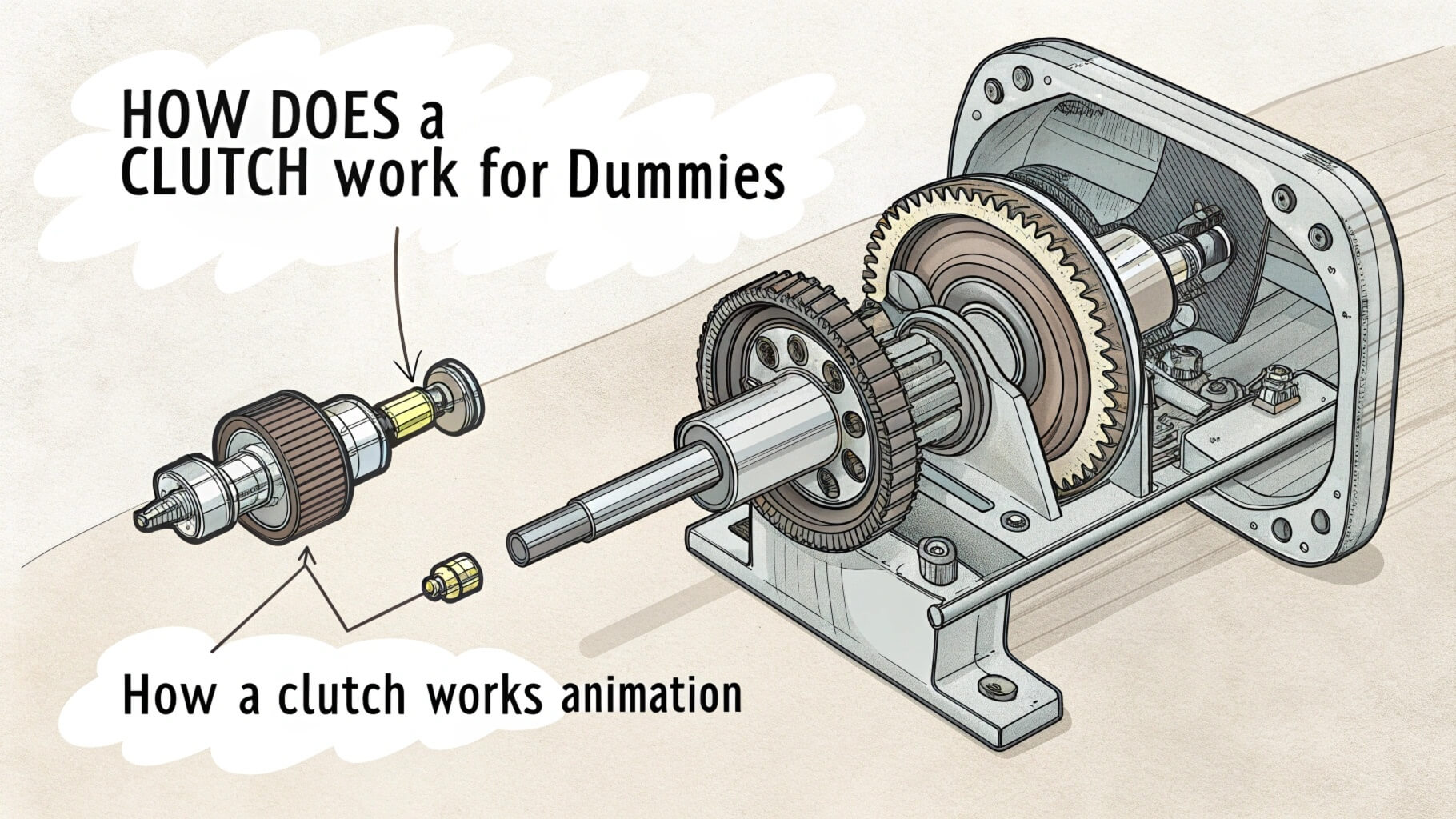Struggling with clutch control? Frustration is common, but there’s a simple way to improve.
Clutch control requires consistent practice and understanding of timing. Developing this skill helps improve driving precision and reduces stress.
Don’t let clutch issues hold you back. Let’s dive into practical steps to master it.
How can I make my clutch control easier?
Finding clutch control hard? Start with simple tips for smoother handling.
Making clutch control easier involves using techniques like finding the bite point, practicing balance, and staying calm. These steps minimize stalling.
How to practice clutch control without a car?
Practicing without a car might seem odd, but it’s possible. Use a pedal simulation device or even a small exercise tool to simulate pedal pressure. These methods help build muscle memory.
Key steps for smoother clutch control while driving
To improve on-road performance, use quiet spaces like empty parking lots for practice. Focus on slow starts and maintaining control on slight inclines.
| Clutch Control Tips | Benefits |
|---|---|
| Find the bite point | Reduces stalling |
| Use gradual pedal release | Smooth transitions |
| Practice in calm settings | Builds confidence |

How long does it take to get good at clutch control?
Wondering how much time it takes? Patience is key.
Mastering clutch control varies by individual but typically takes weeks to months of consistent practice. Regular repetition speeds up progress.
Building consistency through repetition
Daily practice in controlled environments can significantly improve your skills. Try different situations like hills or traffic for versatility.
Tips for steady improvement
- Practice for short periods daily.
- Avoid stressful settings initially.
- Seek guidance from experienced drivers.
| Frequency of Practice | Skill Improvement |
|---|---|
| Daily | Fast improvement |
| Weekly | Moderate improvement |
| Irregular | Slow progress |

Why do I struggle with the clutch?
Struggling with clutch control? It’s common and fixable.
Struggles often stem from anxiety, poor timing, or lack of practice. Addressing these issues can reduce errors and frustration.
Common challenges with clutch control
- Anxiety in busy traffic
- Difficulty finding the bite point
- Over-releasing the clutch too quickly
Overcoming challenges
Practice relaxation techniques and focus on slow, controlled movements. Visualizing the process can also help build confidence.
| Challenge | Solution |
|---|---|
| Anxiety | Controlled breathing |
| Bite point struggles | Step-by-step repetition |
| Quick release | Gradual adjustments |

How to get good at clutches?
Want to master the clutch? Let’s break it down.
Getting better at clutches requires mastering basic techniques, addressing weaknesses, and consistent practice in varied conditions.
Advanced tips for clutch control
Once you’ve mastered basics, move to complex tasks like hill starts or stop-and-go traffic. These scenarios sharpen your skills.
Practical advice for difficult scenarios
- Clutch control on a hill: Use the handbrake for added support during starts.
- In slow-moving traffic: Maintain balance between clutch and accelerator for smoother stops and starts.
| Scenario | Key Tips |
|---|---|
| Hill starts | Use the handbrake |
| Traffic jams | Focus on smoothness |

Mastering clutch control takes time, patience, and practice. Here's a quick recap:
- Start with simple techniques like finding the bite point.
- Practice daily in calm, low-stress settings.
- Address specific challenges like anxiety and timing issues.
- Advance to complex scenarios like hills and traffic.
- Stay consistent, and improvement will come.
Clutch control is a skill that grows with effort and consistency. Don’t give up—progress will come!




